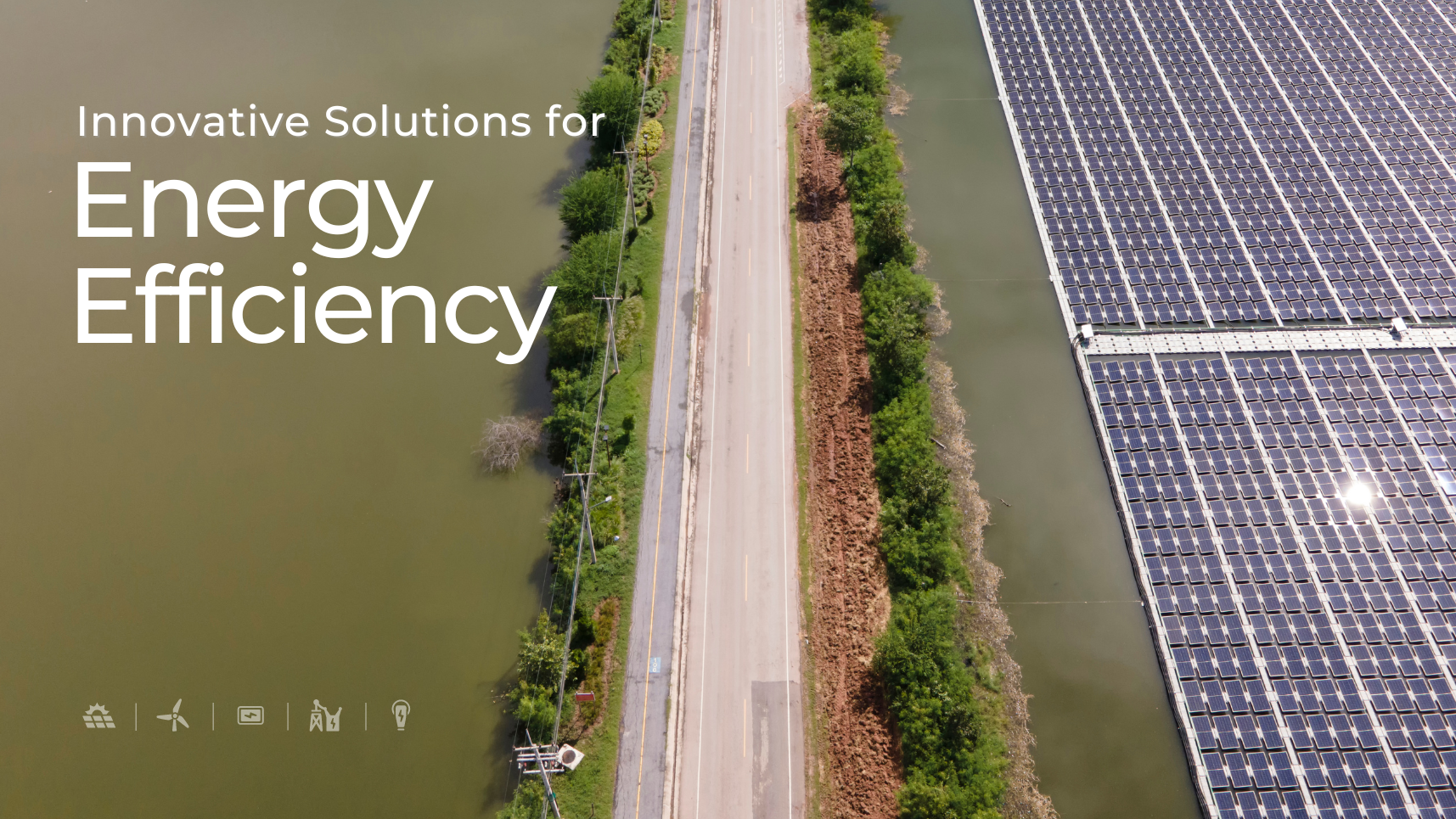Constructing Data Centers that Power Artificial Intelligence (AI) Learn More
Innovative Solutions to Meet Surging Energy Demand

The U.S. energy industry is at an inflection point, with peak electricity demand expected to increase for the first time in a decade. The Department of Energy reports that by 2030, the country will need to add enough new energy resources and innovative solutions to serve approximately 200 GW of peak demand.
This is not surprising. While EV transportation has increased exponentially over the past few years, commercial gas stations haven’t upgraded to meet drivers’ demands for EV charging stations. Eco-conscious consumers are not just installing solar panels on their roofs but also battery units in their garages.
The U.S. power grid is being pushed to meet other increased energy demands as well due to the expansion in the electric power needs of data centers, manufacturing plants, and other industrial facilities.
The promise and potential of VPPs
Virtual power plants (VPP) are innovative solutions and a cost-effective alternative for managing the grid and making electricity more affordable. Analysts suggest that a VPP consisting of residential thermostats, water heaters, EV chargers, and behind-the-meter batteries could deliver peak capacity at about half the cost of utility-scale batteries and natural gas peaker plants.
By tripling the current capacity of VPPs to 80-160 GW by 2030, the nation could address up to 20% of peak load and save up to $10B in annual grid costs. Despite their potential benefits for American consumers and for advancing the nation’s climate goals, however, VPPs are often undervalued and underutilized by grid operators.
Floating Solar Over California Canals
The idea behind floating solar is simple: build solar panels on top of water canals and provide the same power-generating benefit as other solar projects without taking away land that can be used for agriculture. Floating solar also conserves water, protecting it from direct sunlight to reduce evaporation.
A study conducted by the University of California, Merced estimates that if every canal in California was covered with floating solar, it could deliver 13 gigawatts of power and more than 63 million gallons (nearly 200,000 acre-feet) of water—enough power for nearly 10 million households per year and enough water for roughly 400 to 600 thousand households per year.
Off-Peak Energy Usage
Using less electricity during peak hours helps the power grid in several ways:
- Reducing the need for additional power plants—Utilities often need to build expensive natural gas “peaker” plants to meet peak demand. But these plants only run for a few hours a year, even though customers pay for them year-round in their energy bills. Reducing demand during peak periods can help lower electric rates over time.
- Preventing blackouts and voltage fluctuations—Excessive demand can strain the grid and cause blackouts or voltage fluctuations.
- Reducing carbon emissions—During peak hours, electricity is more likely to be produced by carbon-intensive energy sources that emit greenhouse gases. Using less electricity during peak hours can help reduce these harmful emissions.
Encouraging the use of renewable energy—Time-of-use pricing encourages customers to use electricity during off-peak hours when more renewable energy is available.
Designing and Building the Infrastructure to Support the Grid
BEI Construction has become a critical player in the efforts to support the grid and increase the nation’s energy capacity. As a full-service design-and-build firm, BEI offers the end-to-end resources to take any renewable energy, civil construction, or technology infrastructure project from start to finish, including the infrastructure required for the innovative energy-saving solutions outlined above.
Whether for virtual power plants, floating and other solar installations, or BESS and substations, very few firms in the industry have the comprehensive resources and varied technical expertise that BEI has to offer—the capabilities to keep pace with the energy demands that continue to challenge the nation’s power grid.